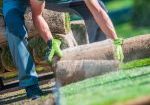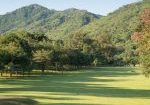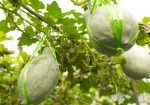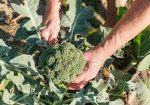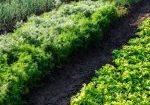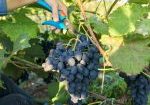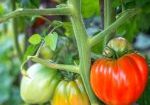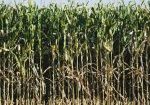Small Fruit Crops:
Because small fruit plants are generally fast growing and maturing, available nitrogen is critical. When using Terreplenish®, available nitrogen will be increased. Most small fruit loose quality when too much nitrogen is available.
Tissue testing is a good indicator but not always timely to prevent over application. Generally, use the low rate recommendation for nitrogen when using with Terreplenish®. In many cases, only ½ of the traditional amount of nitrogen will be needed. This results in high quality fruit while lowering cost. Terreplenish® is not a fertilizer but makes plant nutrients more available.
Soil applied Terreplenish® will provide the most long-lasting and extensive results. Foliar application can accelerate maturity and protect crop from air-borne pathogens.
In field trials, Terreplenish® used in small fruit will increase sugar content. If grapes are harvested for wine, either the grapes will harvest sooner, or, the sugar content will be higher.
This is a critical factor if the wine process is a “burn-dry” fermentation. Accelerating plant maturity and sugar content have market implications that need to be considered when using Terreplenish®.
Blueberries:
Blueberries are a specialty, small-fruit crop that can be grown successfully in many areas at many different scales. Cultivar choice, site selection and preparation are important to meetspecific cultural requirements.
Toxic chemical approaches have failed us from a cost/benefit perspective as well as with control. We feel strongly that the next iteration of agriculture is a biological approach to both crop production and crop protection.
Most biological products today take the course of singulation of individual species of bacteria or fungi. However, microbes do not live in singular communities.
WOODY PERENNIALS FRUIT CROPS:
Apples, Peaches, Pear and Citrus Crops
Unlike annuals, these plants have multiple year cycles. Some bear fruit every other year while others have alternate high and low yield cycles. These plants typically have a fruit setting period, leaf flush cycle followed by a root flush.
Depending on the response you desire from applying Terreplenish®. If the goal is to increase fruit set, Terreplenish® should be soil-applied 14-28 days ahead of buds appearing.
Generally waiting until bud swell or bud break to apply Terreplenish® will not increase fruit set. A foliar application after bud set will help protect the leaf surfaces while promoting the leaf flush. Best results are obtained with root flush when Terreplenish® is soil applied. Soil application in orchards can be through the micro-jets, drip lines or the lower 2-3 nozzles of an air-blast sprayer.
Because Terreplenish® is can serve as a plant stimulant, care should be taken to not disrupt the seasonal cycles of the plant. It is not advisable to be stimulating the plant going into dormancy in most cases.



